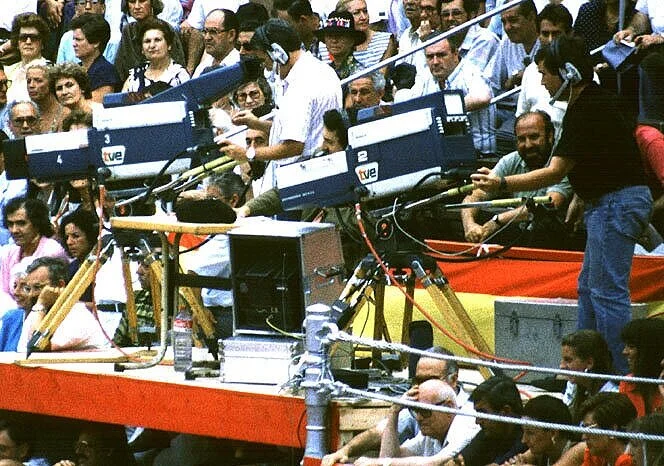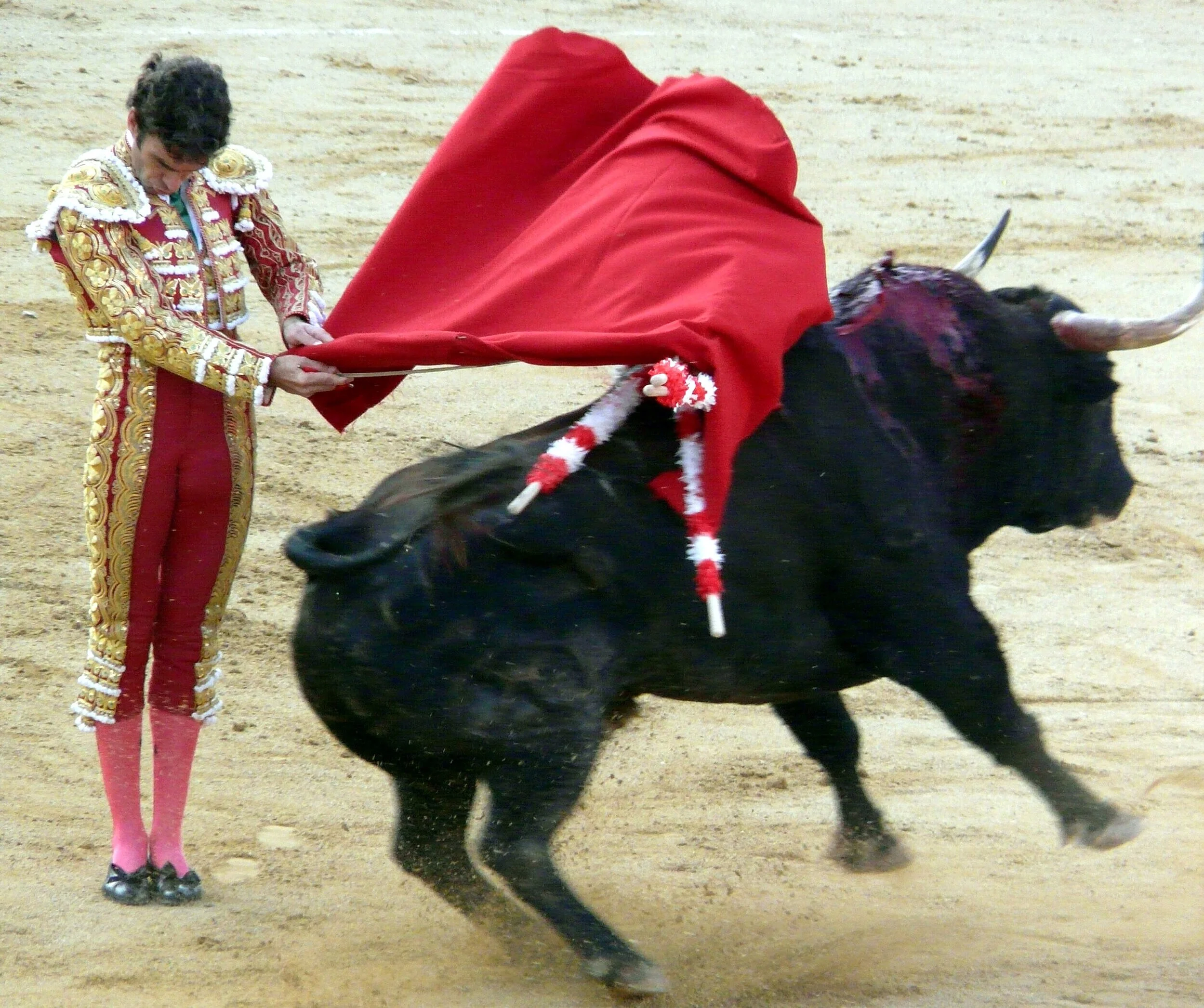Television and los toros
In this month’s Aplausos magazine, Rafael Comino Delgado writes about “the importance of television”, pointing out that the majority of corridas and novilladas that have been celebrated to date during the pandemic have only been made possible economically because they’ve benefitted from fees earned through the festejos concerned being televised.
“We live in an age in which anything that isn’t on television doesn’t exist,” he says. “People don’t read periodicals; there are few radio programmes dedicated to los toros; the only medium that society sees and hears is television, which generally has very little on it about bullfighting. As a result, tauromaquia is disappearing from citizens’ lives […] One has to evolve at the same rhythm as society, for whoever doesn’t do so is condemned to failure, even extinction.
“If the world of the bulls doesn’t adapt to modern times and be shown on television, a gloomy future beckons.”
Elsewhere in the article, the writer, perhaps unwittingly, points out a danger of television too: “Football, the world’s premier mass spectacle, which, from an economic viewpoint, involves dizzying amounts of money, needs television to the point at which the medium is sustaining the sport, since the sports grounds of small teams look empty from one weekend to the next.” Indeed, broadcasting and media rights sales income now surpasses ticket sales as a primary source of revenue in most televised sports. Many soccer clubs, including, for example, Real Madrid, have experienced a shift away from ticket sales toward sponsorship and television rights as principal revenue sources.
In his enthusiasm for televising corridas, Comino ignores the fact that, in football as in most team sports, it is the various federations or leagues that negotiate the television contracts, soccer’s sustainment then occurring through the trickle-down of television income to all areas of the sport, not just the top professional teams. Indeed, in order not to distort competitiveness, strict rules apply about financial distribution of television monies so that, for instance, all teams playing in a particular league receive the same amount.
F1 motor racing has a slightly different model in that, rather than being run by a body comprising representatives of the participants, ownership and management is in the hands of a private company, Liberty. Television and image rights sales have been its main source of income historically, although the company is increasingly looking to earn income directly through its own live streaming operation. With this structure (at least in theory), some of the income goes to Liberty’s shareholders as profits, while other monies go to the racing teams, primarily on the basis of where they finish in the annual teams’ championship. Historically, this latter distribution has been done on a very unequal basis, ensuring most money goes to the most successful teams, thereby stagnating success and eroding competitiveness throughout the field; a much narrower band of financial distribution, amongst other measures to improve competitiveness, is due to implemented in the near future.
Bullfighting, of course, is not structured in either of these ways: nor can it be considered as purely a competitive sport. Although in Spain most bullrings are the property of local authorities, management is conducted by private empresas in the main, and (following payment to the authority of the ring rental) it is the empresa who retains any profits made. While some local authority contracts, for instance that of Madrid’s Las Ventas, require the empresa to commit resources to the city’s escuela de tauromaquia and to helping put on minor festejos throughout the Comunidad, this is not typical. Generally, the benefits - if any - are for the empresa alone.
So, if bullfighting is to go down the path of looking to secure its future through television, as Sñr. Comino appears to advocate, how is this best done?
It seems to me that this would be best achieved through a federated approach - perhaps a partnership between la Federación del Toro de Lidia (FTL) and the empresas’ grouping ANOET? Bullfighting’s future desperately needs strengthening through greater investment in its lower reaches, particularly novilladas con picadores, and a federated approach ensures broader distribution of income. At present, pay television focuses largely on events in the premier bullrings, while Spain’s free channels (with the notable exception of Castilla-La Mancha Media) concentrate on novilladas sin picadores. In order to maintain public interest in toreros as they develop, more investment and coverage is needed for novilladas con picadores and corridas de toros in the minor rings. If, assisted by the FTL, the bullring owners (as in the case of El Foro de la Defensa de las Novilladas) or empresas acted jointly, television contracts could be awarded on the basis of bullring categories and types of event, opening up opportunities for a number of media companies to put on proven audience-drawing broadcasts.
The monies that come in through these activities could then be shared between the empresas, bullring owners and the FTL, with each federated entity responsible for ensuring some of the income is used to help fund escuelas and novilladas.
Historically, the mundillo has been wary of fully embracing television. Some toreros, most notably José Tomás, have refused to appear in televised events, voicing concerns about image rights and (correctly) arguing that watching a corrida on television doesn’t compare favourably with spectating in the plaza. But perhaps the time has come for the mundillo to take a hard look at the spectacle’s future economics and, if it can entail securing the future of bullfighting, taking on a more federated approach and substantially expanding the numbers of festejos that are televised.


